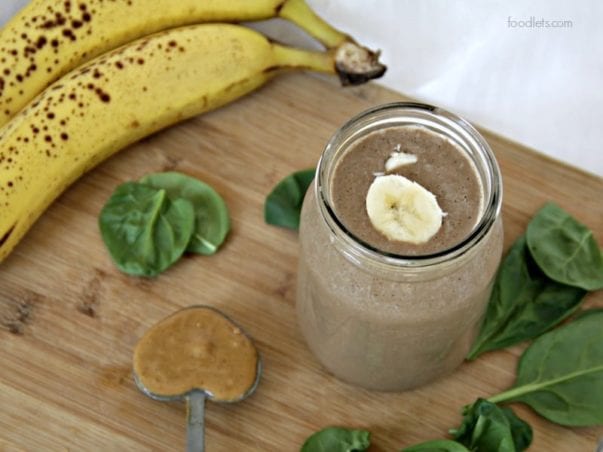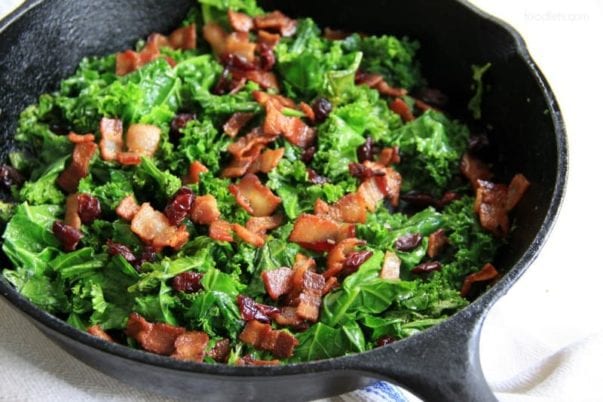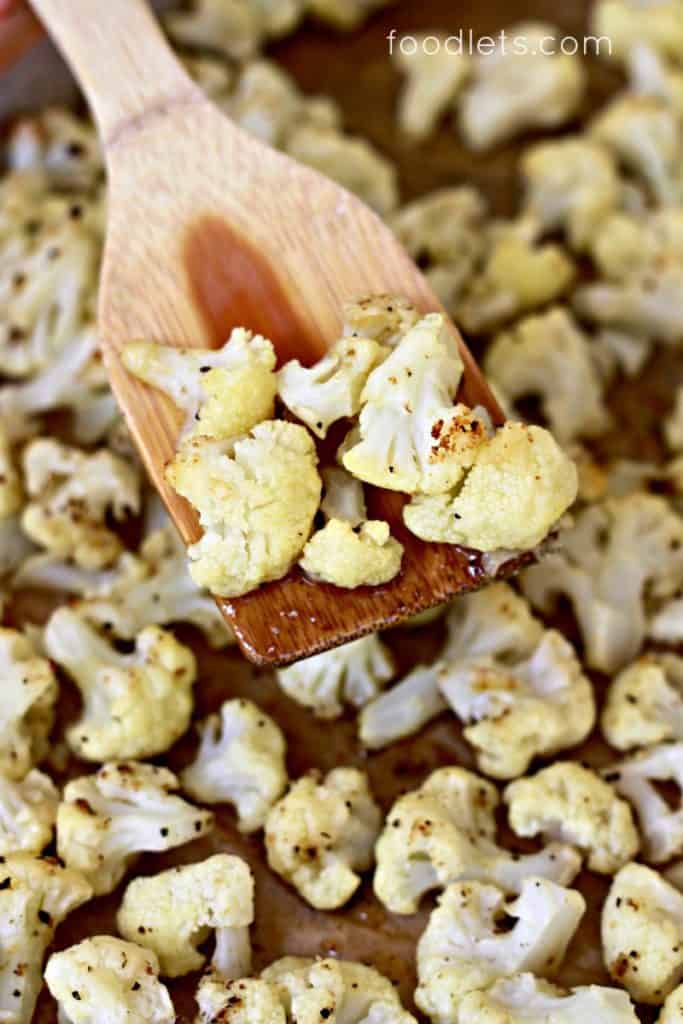If you’ve ever wanted to know what is the healthiest vegetable for kids to eat, you’re in luck. Because there are so many! Here is what experts say:
Nearly half of American kids ages 1 through 5 aren’t eating a vegetable on any given day. And nearly a third aren’t eating a daily fruit, according to the Center for Disease Prevention. From busy schedules and picky eaters to serious issues of food insecurity, getting nutritious produce into kids can be a challenge. That’s why it’s important to know what vegetables pack the most health benefits into each serving.
How many vegetables should kids eat?
The CDC recommends anywhere from 1/2 cup to 2 cups of vegetables and fruits per day. Usually that means 5 servings. A serving is typically the size of a child’s fist. (Here are 12 pictures of what 5 servings of fruit and vegetables can look like for kids.)

What is the healthiest vegetable for kids?
Healthy vegetables are abundant, say nutritionists! There isn’t just one, but so many to choose from. Here is what to look for:
Dark Leafy Greens
“Dark leafy greens get a lot of attention and for good reason,” registered dietitian and nutritionist Danielle Crumble Smith told USA Today. “They have vitamin K, they’re rich in calcium and a host of different antioxidants.”
Spinach
- Super simple sauteed spinach with garlic
- Spinach and pineapple popsicles (really!)
- Cheese tortellini with spinach and bacon
- Chunky monkey smoothies with peanut butter & chocolate

Kale
- Here’s the balsamic dressing that made my kids love kale salad
- Easy kale chips
- Sauteed kale with bacon and cranberries

Cruciferous vegetables: cauliflower, broccoli, cabbage and more
What is the healthiest vegetable for kids? Research has shown that cruciferous veggies have anti-inflammatory properties, anti-cancer components and act as immune boosters.
They’re also full of fiber, which keeps kids full AND makes their digestive tracts work well. (Here’s a list of foods to help kids with constipation.)
Tip: cruciferous vegetables contain lots of water-soluble vitamins (like folate and vitamin C), which are essential for kids’ mental development and immunity. But there’s a catch: these nutrients dissolve easily in water, so making soups or roasting cruciferous veggies is ideal.
Cauliflower
- How to roast frozen cauliflower
- Jamie Oliver’s (simplified) cheesy cauliflower pasta
- Mac & cheese with cauliflower & sweet potato puree
- Penne with sausage, cauliflower & Parmesan

Cabbage
- Roasted cabbage wedges kids love
- Sheet pan dinner: chicken with cabbage and olives
- Fried cabbage with crumbled bacon

Broccoli
- Silky broccoli-spinach soup (with frozen broccoli and spinach!)
- Make-ahead broccoli, cheddar and ham pockets
- Double roasted broccoli pasta

How do I get my kids to eat more vegetables?
Answering “what is the healthiest vegetable for kids?” is all well and good, but how does this translate into kids actually eating more vegetables? Here is what works for me and my four kids.
START WITH SMALL PORTIONS.
I give the kids only a bite or two of each thing and whoever wants more, gets more. This helps kids figure out when they’re actually full rather than me coaxing them into “just one more bite.”
TWO SNACKS, MAXIMUM.
Because little bodies burn through their calories in the day, I like to give a mid-morning and a mid-afternoon snack to avoid meltdowns. But constant eating is a big problem these days and I don’t want the kids to learn that habit. In fact, for the afternoon snack I like to stick to fruit and it can be as simple as apple slices or as sweet as bananas and strawberries on a skewer.
ADD SPINACH TO EVERYTHING.
Eggs, brownies, I’ll make anything “Florentine”. It’s not sneaky, because I tell the kids it’s going in. I’m just looking for new angles to get more of the good stuff into those tiny bodies. Ditto for wheat germ, flaxseed and chia seeds. Also, we eat whole wheat everything: pasta, bread, pitas. The kids don’t know any different and it’s so much better for them.
I am happy and proud that my kids love all the foods you mentioned. It is important to teach them how to eat nutritious food when they are young.